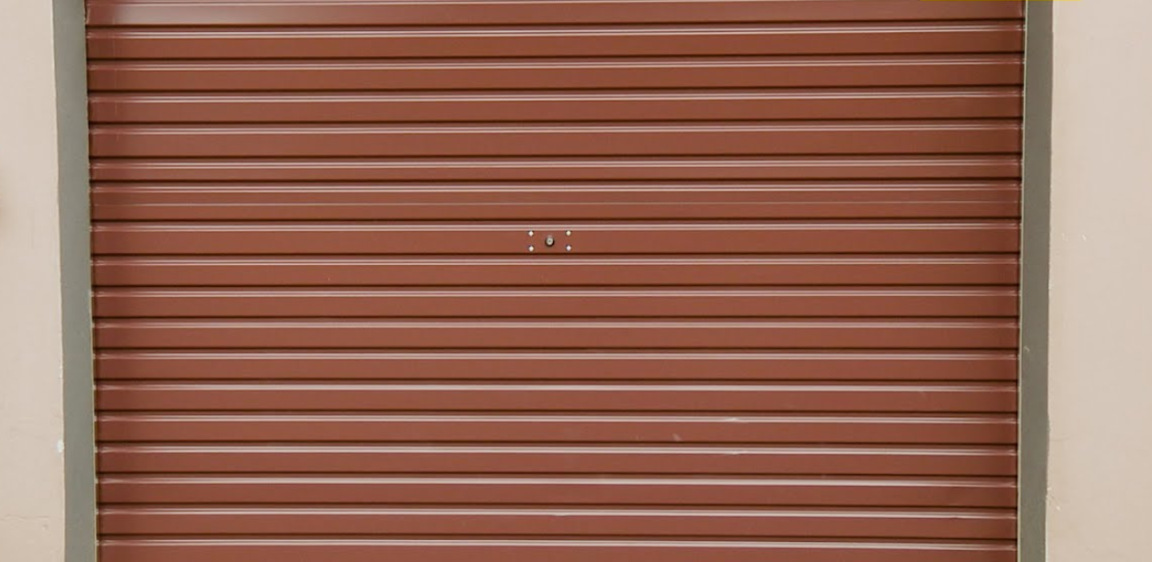You have a full timeline from now until the project is delivered, as the planning and development of a new building or renovation project is a sizable undertaking. If you own a warehouse, you don’t have time to learn about roll up door parts; you need a qualified crew to help you out and make sure business is rolling along smoothly. Adjusting the size of your roll-up door for light-duty as opposed to heavy-duty use is a simple technique that requires minimum time, clear instructions, accuracy, and precision.
1. Door Opening
Determine the total length of the opening. When gazing through the completed hole from right to left, this is the distance that can be seen. Always be on the lookout for irregularities, such as out-of-square jambs. Roll up doors should be sized with precision; therefore, take measurements at 14-inch intervals.
2. Side Room
Think about using that spare bedroom. For anything like the installation of the aforementioned vertical track, each side has to have between 4-11″ available, depending on the door series. Both the area and the ability to mount the tracks flush to the floor are necessities.
3. Inside Dimensions
Ascertain the breadth of the rough opening at its widest point. This is the exact measurement in feet and inches (14″) between the finished aperture’s right and left edges. The header’s height is then calculated by determining how far up from the ground it is.
4. Clearance of Door Jamb
Find out how much room there is between the nearest wall and the inner border of the jamb or other obstruction. The standard clearance required for a garage door installation varies with the model.
What are the Various Sizes of Roll-up Doors
Commercial applications for roll-up doors span the spectrum from compact counter shutters to enormous doors used for aircraft hangars. Semitrailer loading bays have larger rolling doors, whereas counter window and storage area doors are smaller. To function properly, you must customize a commercial roll-up door to the specifications of the structure in which you will put it. Therefore, numerous coiling doors, not only the more common roll-up door sizes, are adaptable to your needs.
Cornell can produce roll-up doors in a wide range of dimensions, within reason, and can even help you find a solution if your desired dimensions fall beyond our minimum and maximum range. We frequently fashion bottom bars with a slope for use on hills and other undulating surfaces. Roll-up doors have slats attached to roll up into the door frames when not in use. In most cases, the height of a roll-up door increases by 2 5/8 inches for every set of slats.
Conclusion
Measure the roll-up door using the guidelines above. If you run a warehouse, you don’t have time to learn about roll-up doors; instead, you need a professional crew to help you and ensure everything keeps running smoothly. Door Systems understands that your time is better spent on other, more gratifying endeavors than worrying about things like rolling service doors.
